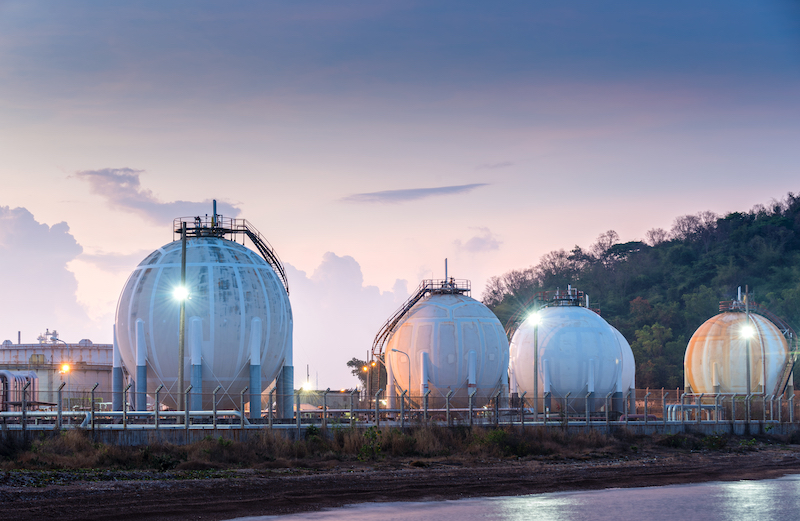High Storage Levels Mean Weak Gas Prices Expected for European Winter
LONDON/OSLO (Reuters) — Brimming storage tanks and ample supplies mean European gas wholesale prices are unlikely to rise significantly over the peak demand winter months unless the weather is abnormally harsh.
In the first half of this year, European gas prices touched record lows after a glut of liquefied natural gas (LNG) came to Europe and coronavirus lockdowns and reduced industrial output crushed demand.
Dutch gas prices (the European benchmark) fell to an all-time low of around 2 euros ($2.4) per megawatt-hour (MWh) in May, while British gas prices hit 8 pence/therm, the lowest since futures started trading in 1997.
Although prices have tripled since, they are still seasonally low because of swollen inventories. During the northern hemisphere winter gas season, which runs from October to the end of March, prices are typically much higher as cold weather fuels demand for heating.
Average Dutch winter gas prices hit a ten-year low of 11.20 euros/MWh last year, compared with a 20.65 euros/MWh average for the nine years before.
“Currently we’re looking at a strong price recovery into winter but the upside beyond the 13 euro mark is quite limited because we would let coal back into the market,” said Murray Douglas, research director at consultancy WoodMackenzie.
Already Dutch winter gas prices are trading just above 13 euros, while spot prices are just below 10 euros.
At the same time, gas tanks are almost full to the brim.
European gas storage is 91.2% full, near last year’s record seasonal high, Gas Infrastructure Europe says.
Typically, gas is injected into storage sites in the summer months when demand and prices are lower and then withdrawn for use in the winter when demand is high.
“By the start of the winter, there should be some 104-105 billion cubic meters (of gas) in storage – which is a lot for the European market. That is obviously leaving Europe well-supplied going into the winter,” said Trevor Sikorski at consultancy Energy Aspects.
Without a prolonged very cold winter, storage levels will remain high.
More LNG is also expected to arrive in Europe from the United States in the coming months following the period of low global prices, in part driven by COVID-19 demand reductions, Sikorski added.
Europe is the default market for the world’s spare gas when demand in Asia dwindles.
In recent years, Europe has seen record amounts of LNG arrive on its shores in the first and second quarters.
There is also little obvious risk of gas supply disruption to Europe because Russia settled a five-year supply contract with Ukraine last December.
Russian gas production declined in the first half of the year, but plenty of other capacity could be made available when demand recovers, effectively capping European prices for the coming years.
A more immediate risk than shortage could be renewed coronavirus-related lockdowns and restrictions that would dampen energy demand again, making analysts bearish.
“As soon as stocks are at the right level, and no strange situations arise around demand (in relation to COVID-19) and supply (with extreme weather conditions hampering production), prices could fall again from mid-October,” said Hans van Cleef, senior energy economist at ABN Amro.
Related News
Related News

- Keystone Oil Pipeline Resumes Operations After Temporary Shutdown
- U.S. House Passes Bill to Reverse Biden's LNG Pause
- Biden Administration Buys Oil for Emergency Reserve Above Target Price
- Enbridge to Invest $500 Million in Pipeline Assets, Including Expansion of 850-Mile Gray Oak Pipeline
- Williams Delays Louisiana Pipeline Project Amid Dispute with Competitor Energy Transfer
- Evacuation Technologies to Reduce Methane Releases During Pigging
- U.S. Regulators Approve Mexico Pacific LNG's Saguaro Connector Pipeline
- Editor’s Notebook: Nord Stream’s $20 Billion Question
- Enbridge Receives Approval to Begin Service on Louisiana Venice Gas Pipeline Project
- Russian LNG Unfazed By U.S. Sanctions





Comments